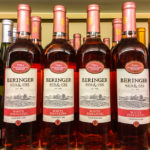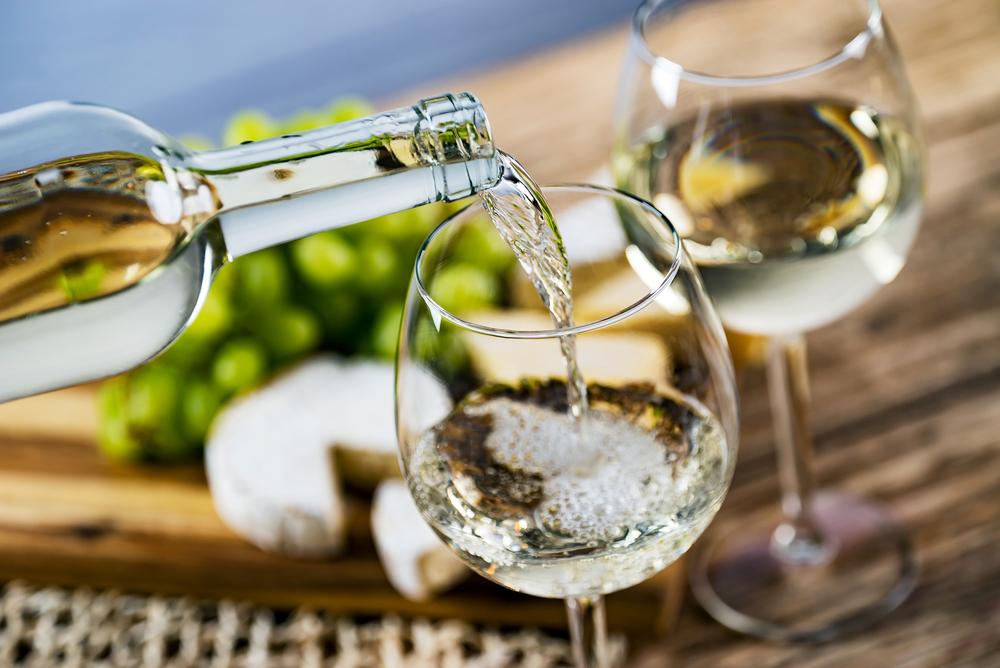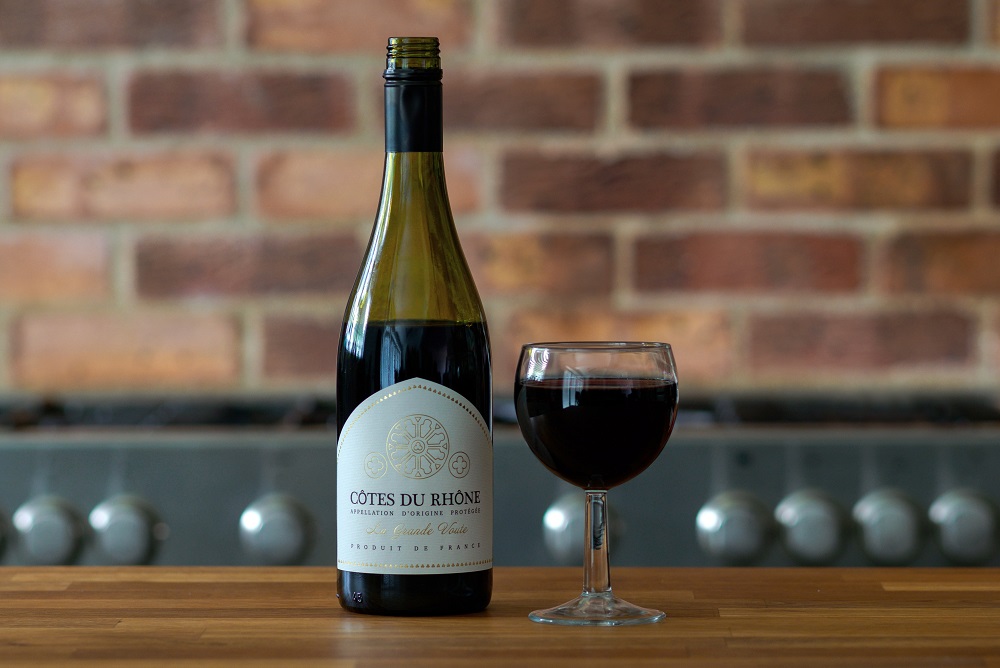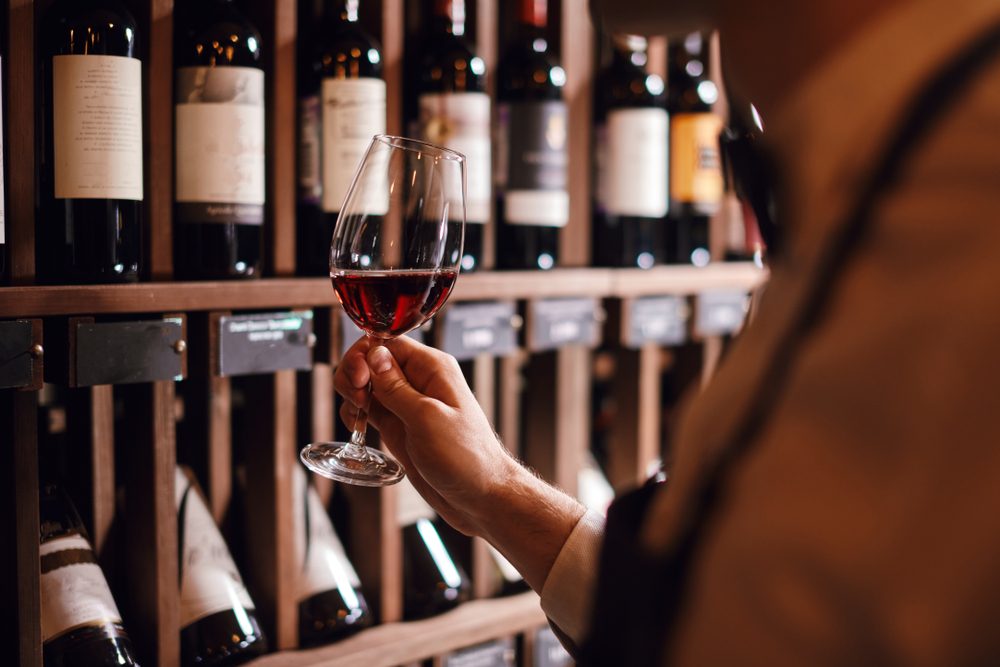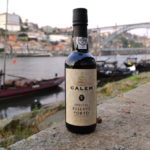Are you new to the wonderful world of wine but you’re overwhelmed by all of the different types, names and descriptions? Unfortunately the wine industry is full of wishy-washy jargon that describes wines as “volatile”, and “unctuous.”
It’s a shame that these complicated terms put a lot of people off drinking wine, as wine is such a delicious drink. Luckily, with just a bit of basic understanding of different types of wines and tastes, you’ll soon be able to pick out a wine without any external help.
This guide will discuss the basics of wine, some key terms which are used to discuss them and what wine you should consider getting as a beginner.

Understanding Wine Can Make It Taste Better
Although we won’t promise that you’ll be a wine connoisseur after reading this article, studies have shown that being able to read more complex descriptions on wine bottles can actually improve the taste of the wine.
This actually makes a bit of sense, as if you understand what you’re drinking, your brain is better able to pick up on the subtler flavors.
More than 95% of wine is actually just water and alcohol, which is practically tasteless. It’s actually the remaining 5% which has the most impact on the taste of wine, as it is made up of an array of different ingredients.
These include spices, herbs and aromatics. Also, variations in the production process are used to achieve specific results. These include a higher alcohol content, and different flavors and notes.
Due to these different ingredients and methods, wine can be characterised in different ways. Of course most of us can differentiate wine based on its color, but what else differentiates these wines?
What Is The Difference Between White And Red Wine?
The most obvious difference between the two is the color, but there is also a significant difference in taste. It’s definitely worth understanding why these types of wine look and taste so different to one another.
The biggest culprit is the skin, which are also referred to as tannins. This is an important word to remember as wine people talk about tannins a lot.
What Are Tannins?
Tannin is a naturally occurring substance found in grapes and other plants such as tea. The taste is often described as bitter, which causes a dry feeling in the mouth.
Tannins end up in wine because the vintner (wine maker) allows the skins to sit in the grape juice whilst it ferments. It is the tannins that also give the wine their color.
Wines that have little or no contact with the skins end up a pink or white color, as they have fewer tannins. Whereas wines that ferment with the skins for a longer period of time end up a red color as they have a higher tannin content.
Red grape skins have a higher tannin content than white grape skins.
Despite this, you can actually get a white wine from a red grape by immediately moving all of the skins from the juice, as all the color comes from the skins. Even red grapes have white insides.
Types Of Wine
Red Wine
As aforementioned, tannin provides the backbone of red wine, which is why it’s often described as “firm” and “bitter.” They also give red wine it’s texture, which can make it feel “soft” and “smooth” or “chewy” and “rough.”
The general rule of thumb is that the darker the wine, the higher the tannin content which gives it a bolder taste.
White Wine
White wine also contains some tannin, but not enough to body the wine. White wines are usually backboned by acidity, which is why they’re often described as “crisp.” If there isn’t enough acidity the wine can taste “flat.”
Rosé Wine
Rosé wine is also referred to as blush wine, and is pink in color. Unlike white wine, it’s tinted as it’s allowed to stay in contact with the red grape skins for longer, however, it’s a much shorter time compared to red wine.
On the spectrum between white and red wine, rosé is much closer to white as it has a relatively low tannin content.
What Is The Difference Between Sparkling Wine And Dessert Wine?

In the U.S., wine needs to have alcohol volume which is 14% or less in order to be classified as a “table wine” – in Europe it would be considered a light wine. This would exclude anything sparkling or anything with added alcohol.
Sparkling Wine
Sparkling wine has significant carbonation which can naturally occur during the fermentation process. It can also be added after fermentation via a carbon dioxide injection.
Sparkling wine labels will often use terms that describe either the sweetness or dryness of the drink.
Some common sparkling wines include Brut Nature, Extra Birys, Extra Seco, Dry and Sweet/Dulce.
Sparkling wine is made from both red and white grapes.
Dessert Wine
Dessert wine is named as such because it tends to be a lot sweeter, and is usually consumed after a meal. Extra alcohol (usually brandy) is added to a dessert wine so that it will retain more of its natural sugars which normally disappear during the fermentation period.
Some popular dessert wines include Port, Vermouth and Sherry.
Sweet Vs Dry Wine
Wine is often described as being either sweet or dry. Sweet wines are generally recommended for new wine drinkers as they are easier to appreciate. Dry wines usually have a higher tannin content which sticks to the roof of your mouth and your teeth.
It’s also a lot more bitter, so if you’re not a bitter taste fan, steer clear of dry wines.
It’s usually red wines that are considered dry.
How To Describe Wine
Once we get to describing the taste of wine, this is where most wine snobs lose the crowd, but like we mentioned earlier, being able to understand wine descriptions and descriptors can improve the taste.
There Are Four Key Wine Descriptors
- Sweetness: This needs very little description, but what you need to know is sweet is the opposite of dry. A wine can also be described as medium-dry or off-dry, which means that there is a hint of sweetness.
- Acidity: As we mentioned earlier, acidity is a big thing when it comes to white wines. They’re often described as refreshing and crisp, but can also be described as sour if there’s too much. Too little acidity and the white wine will be fat or flat.
- Tannin: We’ve already covered tannin in detail, but it’s important to remember that the higher the tannin content, the more bitter and inky the wine will be. Lower tannin wines are usually smooth and soft, and are considered more “drinkable”, especially for beginners.
- Body: The word body is used a lot when talking about wine, as refers to the “weight” of the wine. A full-bodied wine feels thick, and will coat the sides of the glass as you swirl it around. Light-bodied wine has a similar viscosity to water.
The “flavor” of wine is often discussed a lot too. These are descriptors that are pretty self explanatory, but include things like fruity, flowery, smoky, earth or spicy.
Beginner Wine Recommendations
When trying wine for the first time, it’s best to start simple so you can seek out the wine you like and find the wine you don’t like. Here’s a list of common wines that are great for beginners to try.
Pinot Grigio
Pinot Grigio, otherwise known as Pinot Gris, is a light to medium-bodied white wine. Typically, it has notes of peach, apple, citrus and honeysuckle. It goes down quite smoothly and pairs well with lighter foods like fish, shellfish and fresh vegetables.
Sauvignon Blanc
This is a light-bodied wine that has aromas of grapefruit, asparagus and a light herb element. This also pairs well with light foods such as chicken, pork and fish, as well as green vegetables.
Chardonnay
Chardonnay is another white, except this is a full-bodied white that has aromas of citrus, tropical fruit and butter. This pairs well with seafood such as lobster and scallops, and also works with creamier dishes.
Pinot Noir
This is a light-bodied red wine which isn’t that bold for beginners. It generally has a lot of earthy notes alongside a raspberry and cherry taste. This wine pairs well with duck, pork, chicken and mushrooms.
Zinfandel
This medium to full-bodied red is often described as jammy due it’s more fruity flavors. It has aromas of strawberry, blackberry and baking spice. It pairs well with barbequed dishes.
Cabernet Sauvignon
This is usually a medium to full-bodied bold red wine with notes of plum, blackberry and black pepper. This pairs best with steak, ribs and even beef burgers.
You can find variations of these wines at almost every store, but we recommend buying bottles in the $10-15 range as cheap wines have poor taste, but you don’t want to spend too much on a bottle in case you don’t like it.
- Shrimp Cocktail (and More) Wine Pairing Guide - 09/06/2022
- What Wine Serving Sizes Look Like: Standard Size and More - 08/06/2022
- How Much Sugar is in Wine: Glass and Bottle Sugar Content - 08/06/2022

